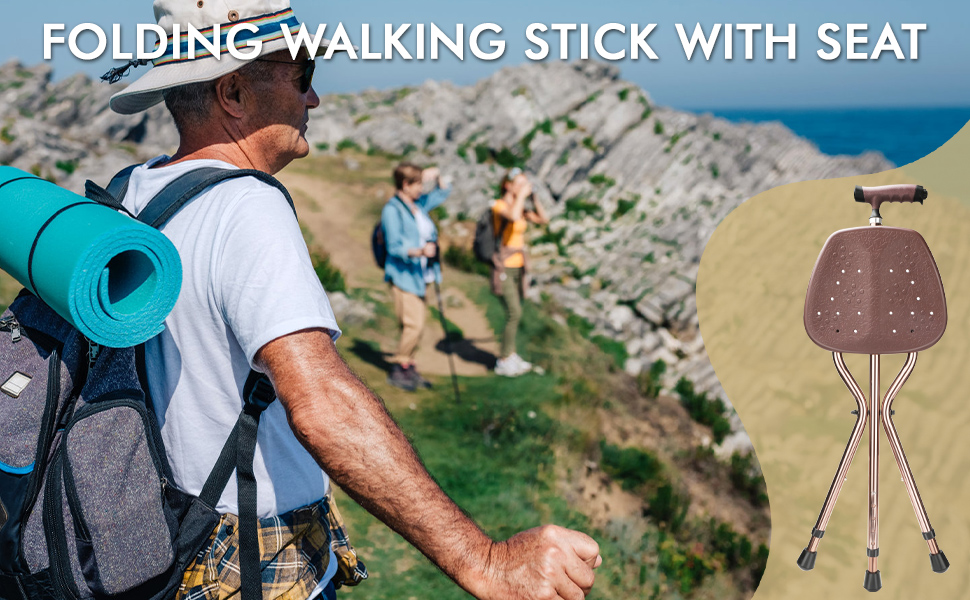Navigating the trails after sunset can be a thrilling experience, but safety and visibility are paramount. A reliable, lightweight portable flash is crucial for hikers and backpackers venturing into the darkness. But with so many options available, choosing the right one can feel overwhelming. This guide will illuminate (pun intended!) the best lightweight portable flashes designed for adventurers, helping you find the perfect fit for your next night hike.
Why You Need a Lightweight Flashlight for Hiking and Backpacking

Unlike urban environments, the wilderness after dark offers limited visibility. A powerful, yet compact, flashlight is vital for navigating trails, setting up camp, identifying potential hazards (think roots, rocks, or wildlife), and signaling for help if needed. A lightweight design is essential for backpacking; every ounce counts when you’re carrying everything on your back. You want a reliable light source without adding significant weight to your already heavy pack.
Key Features to Consider

Before diving into specific models, let’s explore the crucial features to look for in a lightweight portable flash:
- Brightness (Lumens): Higher lumens mean a brighter beam. While you don’t necessarily need blinding brightness, a sufficient amount of lumens ensures clear visibility over a reasonable distance. Aim for at least 300 lumens for general trail use.
- Beam Pattern: Consider the type of beam. A flood beam illuminates a wider area, perfect for close-range tasks like setting up camp. A spot beam projects a narrow, focused beam, useful for long-distance illumination while navigating. Some lights offer adjustable beam patterns, providing versatility.
- Run Time: Battery life is critical. Check the manufacturer’s specifications for run time at different brightness levels. Look for lights with interchangeable batteries or rechargeable options for extended use.
- Weight and Size: Lightweight and compact are key for backpacking. Look for flashes weighing under 5 ounces, ideally with a compact design that fits easily in a pocket or on your gear.
- Durability: A hiking flashlight needs to withstand the rigors of the trail. Water resistance (at least IPX4) and a robust build are important considerations. Look for lights made from durable materials like aluminum.
- Power Source: Consider the type of battery used (AA, AAA, lithium-ion rechargeable). AA and AAA are readily available but heavier, while lithium-ion offers higher capacity but requires charging.
- Modes: Multiple brightness settings (high, medium, low) and possibly a strobe mode (for emergencies) add versatility.
Top Picks: Lightweight Portable Flashes for Hikers and Backpackers

Now, let’s explore some top contenders in the lightweight portable flash market. Note that specific models and availability might change, so always verify the latest specifications before purchasing:
[Example Flashlight 1: Insert Brand and Model Here]
Description: Include details like lumens, battery type, weight, beam pattern, special features (e.g., red light mode for night vision preservation), and a brief summary of user reviews. Mention its price point for reference.
[Example Flashlight 2: Insert Brand and Model Here]
Description: Similar details as above, highlighting what makes this flashlight unique compared to the previous one. Focus on its strengths – is it particularly durable, lightweight, or has an exceptionally long battery life?
[Example Flashlight 3: Insert Brand and Model Here]
Description: Same format as above, comparing and contrasting its features with the previous two. For example, discuss if this flashlight excels in a specific area like a wider beam angle or advanced user interface.
Comparison Chart
For a quick overview, here’s a comparison chart highlighting the key features of the flashlights discussed above:
| Feature | Flashlight 1 | Flashlight 2 | Flashlight 3 |
|---|---|---|---|
| Lumens | [Insert Lumens] | [Insert Lumens] | [Insert Lumens] |
| Weight | [Insert Weight] | [Insert Weight] | [Insert Weight] |
| Battery Type | [Insert Battery Type] | [Insert Battery Type] | [Insert Battery Type] |
| Run Time (High) | [Insert Run Time] | [Insert Run Time] | [Insert Run Time] |
| Water Resistance | [Insert Rating] | [Insert Rating] | [Insert Rating] |
Practical Advice for Hikers and Backpackers

- Always carry extra batteries: Battery life can be affected by temperature and usage. Having spares ensures you won’t be left in the dark.
- Test your flashlight before your hike: Ensure it’s working correctly and you understand all its features.
- Learn to use your flashlight efficiently: Avoid shining the light directly into your eyes or the eyes of others. Use different brightness levels as needed.
- Consider a headlamp: Headlamps offer hands-free illumination, which is extremely useful for hiking at night.
- Pack a backup light source: Consider carrying a small backup light, even a simple LED keychain light, as a safeguard against flashlight failure.
Choosing the right lightweight portable flash can significantly enhance your hiking and backpacking experience. By carefully considering the features discussed and comparing different models, you can find a reliable and efficient light source that will illuminate your adventures and ensure your safety on the trail.